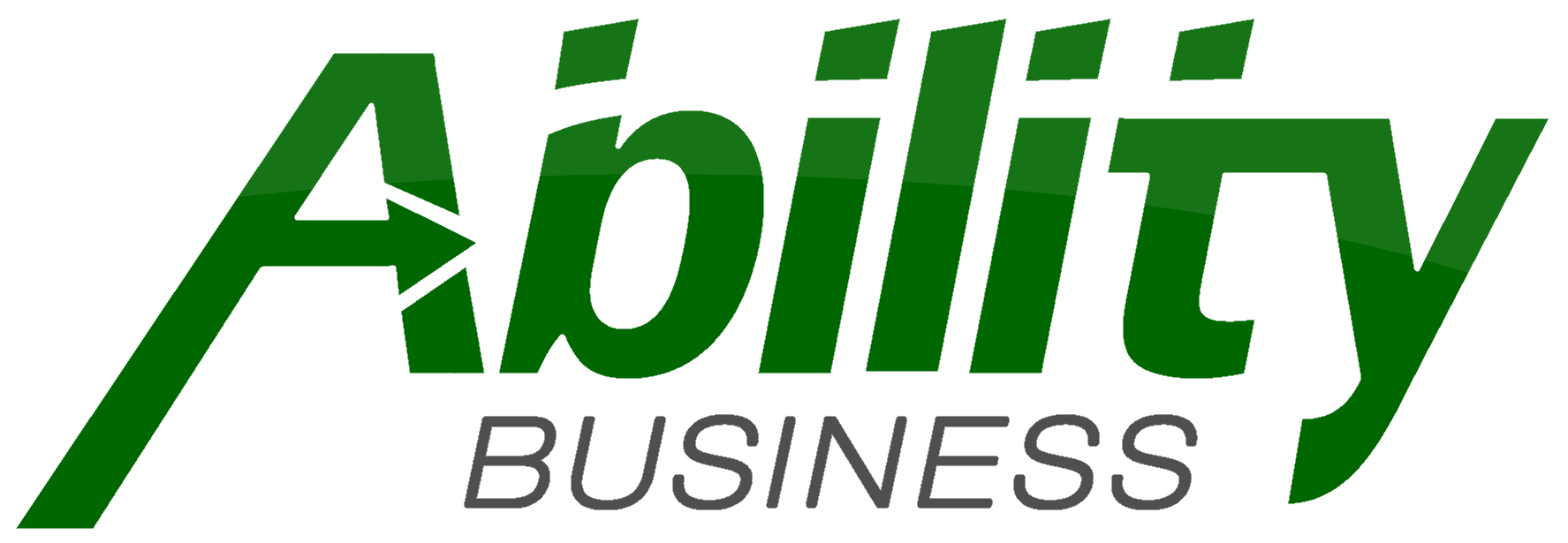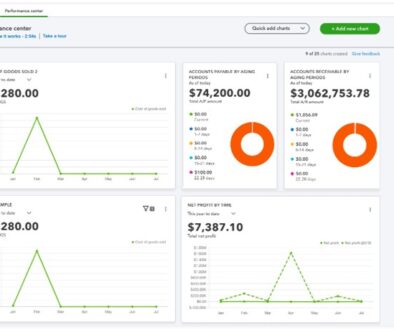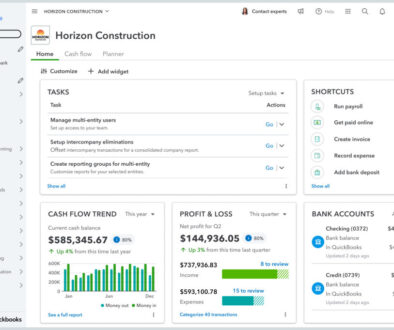Economic Impact of Tariffs How to Stay Proactive (and Organized) with QuickBooks
Economic Impact of Tariffs How to Stay Proactive (and Organized) with QuickBooks
If you’re a small retail business owner, you’ve likely felt the pinch of rising costs—whether it’s inventory, shipping, or supplies. One of the biggest contributors? The economic impact of tariffs. These government-imposed taxes on imported goods can quickly disrupt your margins, especially if you rely on foreign-made products.
While you can’t control global trade policies—and no one is suggesting you need to become an expert in tariffs and economics—you can take steps to protect your business, your bottom line, and your sanity. Let’s walk through what you need to know about how to prepare for tariffs and how to stay proactive—especially when managing your books in QuickBooks.
What Are Tariffs and What is the Impact of Tariffs on Business?
Tariffs are taxes placed on imported goods, usually with the intent to protect domestic industries. But for retailers, especially smaller ones, tariffs can increase the cost of goods significantly. These costs often sneak into your supply chain quietly—until you notice a tighter margin or higher invoice. And suddenly the economic impact of tariffs becomes clearer and more immediate.
Common items affected include:
- Electronics
- Apparel
- Home goods
- Food and beverage packaging
- Raw materials
If you’ve noticed price increases from your vendors lately, tariffs may be part of the reason. That said, budgeting for tariffs is possible and here’s some steps you can take to help protect your business from the economic impact of tariffs.
Step 1: Identify What’s Affected by Tariffs in Your Inventory
Before you can begin budgeting for tariffs, you need visibility. Here’s how to get started:
- Review vendor communications: Suppliers may have sent notices about price increases due to their own businesses being affected by tariffs.
- Run a report in QuickBooks: Use the Inventory Valuation Summary or Item List to spot which items have recently increased in cost to help spot where tariffs and economics intersect for you.
- Categorize imported products: Consider using a custom field or category to tag items likely impacted by tariffs so you can monitor them more closely.
Step 2: Adjust Your Pricing Strategy (Without Surprising Your Customers)
You might think that any advice about how to prepare for tariffs starts and ends with raising prices, but there’s some nuance to how to manage tariffs and economics for your business. Raising prices is sometimes necessary—but it doesn’t have to mean sticker shock. Try these approaches:
- Incremental adjustments: Instead of big jumps, increase prices slowly over time to blunt the economic impact of tariffs.
- Bundle products: Offer value through product bundles or kits that mask individual price hikes.
- Use QuickBooks’ Price Rules: QuickBooks Online Plus and Advanced let you create custom pricing rules based on customer type, item category, or date range. This helps you stay flexible and strategic as you budget for tariffs.
Step 3: Track Costs Accurately in QuickBooks
If vendor cost increases are part of the economic impact of tariffs for your business, make sure your books reflect the real picture.
- Update item costs regularly: Edit the cost field in each product or inventory item that is affected by tariffs to keep margins accurate.
- Use purchase orders: PO tracking in QuickBooks helps you see when prices fluctuate—and lets you compare quoted vs. actual costs.
- Track by class or location: If you operate in multiple regions or stores, use classes/locations to understand how the economic impact of tariffs varies across your business.
Step 4: Communicate with Customers and Vendors
Honesty builds trust.
- With customers: A quick note about pricing changes on receipts, signage, or email can go a long way.
- With vendors: Tariff impact on businesses is widespread, but that doesn’t mean you should give up on negotiating a pricing or billing structure that will help your business. And remember: Not every product will feel the economic impact of tariffs so don’t be afraid to ask about alternate products not subject to tariffs.
Step 5: Leverage Helpful Resources
You don’t have to figure out how to prepare for tariffs alone. Here are a few go-to resources:
- U.S. International Trade Commission (USITC): www.usitc.gov – Track schedules and updates about tariffs and economics.
- Small Business Administration (SBA): www.sba.gov – Resources for navigating economic changes.
- QuickBooks Resource Center: https://quickbooks.intuit.com/r/ – Financial tips, product updates, and how-tos that can be vital in helping you with the day-to-day budgeting for tariffs.
- Trade associations: Many industry groups provide updates on tariffs and economics that affect their members.
Budgeting for Tariffs: Final Thoughts
The economic impact of tariffs can add complexity to your business, but with the right strategy and tools like QuickBooks, you can stay one step ahead. In thinking about how to prepare for tariffs, our advice is to do what you have always done as a small or mid-sized business: Be proactive, adjust thoughtfully, and track everything—because clarity is your best defense against uncertainty.
And remember: small businesses are nimble. That’s your superpower.
All the best,
Lisa




